We sit down with Bo Merckle of SamsSon Lures to discuss his unique idea for the ultimate memorializing bass fishing lure of your loved one.
Unlocking the Potential of Plastic Creature Baits

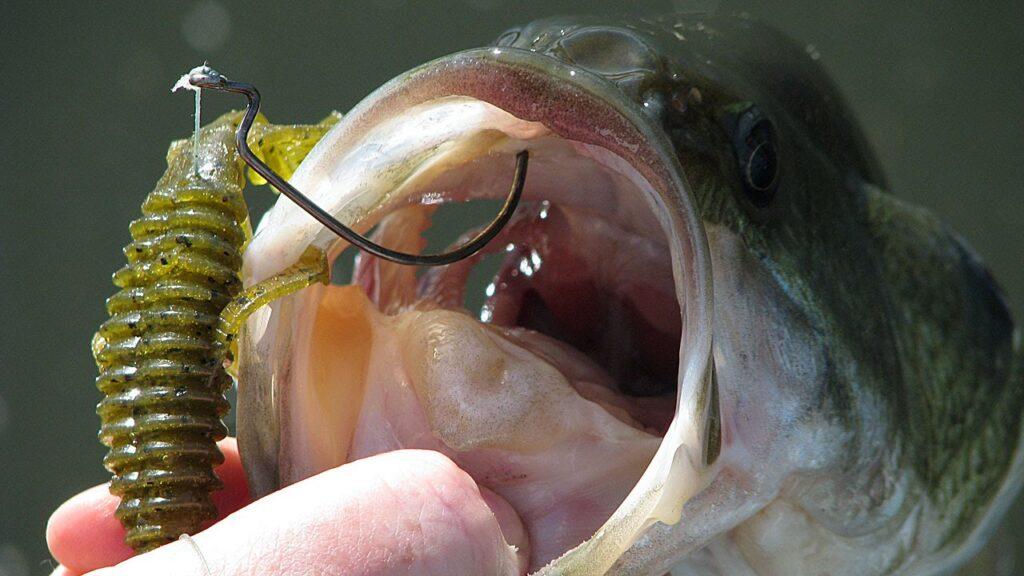
Unlocking the Potential of Plastic Creature Baits
Plastic creature baits originated in the late 1970s and 1980s, with the introduction of lures such as the Berkley PowerBait and Zoom Brush Hog.
History of Plastic Creature Baits:
Plastic creature baits originated in the late 1970s and 1980s, with the introduction of lures such as the Berkley PowerBait and Zoom Brush Hog. These innovative soft plastic baits imitate various types of forage, including crawfish, insects, and small amphibians, making them an enticing option for largemouth bass. Over time, the popularity of creature baits has grown, leading to the development of various shapes, sizes, and textures.
How to Rig Plastic Creature Baits:
There are several ways to rig plastic creature baits, including the Texas rig, Carolina rig, and as a jig trailer. For the Texas rig, insert the hook point into the top of the bait, bring it out about a quarter of an inch down, and then slide the bait up the hook shank. Pierce the hook through the body of the bait, ensuring it remains straight on the hook. For the Carolina rig, use a sliding sinker, bead, swivel, leader, and a wide gap hook. As a jig trailer, simply thread the creature bait onto the jig hook and secure it in place.
How to Choose the Most Productive Color of Plastic Creature Baits:
Selecting the right creature bait color depends on factors like water clarity, weather conditions, and local forage. In clear water, choose natural colors such as green pumpkin, watermelon, or brown. In stained or murky water, opt for darker colors like black, junebug, or blue. Pay attention to local forage species to match the hatch and improve your chances of success.
When are Plastic Creature Baits Most Effective in Catching Largemouth Bass:
Plastic creature baits can be effective throughout the year, but they tend to excel during the spawn and post-spawn, when bass are aggressively feeding and protecting their nests. They are also highly effective when bass are relating to cover or structure, as the lifelike appearance and action of creature baits can entice fish to strike.
How to Fish Plastic Creature Baits:
To fish plastic creature baits, cast to your target area such as points, docks, grasslines, or laydowns, and let the bait sink to the desired depth. For Texas-rigged or Carolina-rigged creature baits, use a slow, steady retrieve with occasional twitches, hops, or pauses to mimic the movements of natural forage. When using creature baits as jig trailers, work the jig along the bottom with a hopping or dragging action to trigger strikes.
How Plastic Creature Baits are Made or Manufactured:
Plastic creature baits are made using a process similar to that of other soft plastic lures. A liquid plastic mixture, combined with colorants and scent, is injected into a mold shaped like the desired bait. Once the plastic cools and hardens, the final product is removed from the mold. Creature baits come in various shapes, sizes, and textures to imitate a range of forage species.
Is the Creature Bait Considered a Search Bait or Finnese Bait:
Fishing with plastic creature baits can be considered a combination of finesse and power fishing techniques. The lifelike appearance and action of these baits can entice finicky or pressured bass, while their size and profile make them suitable for targeting larger, more aggressive fish. They can be used effectively around various types of cover and structure, making them a versatile option for bass anglers.
What Type of Line is Recommended When Fishing with Plastic Creature Baits:
Braided line, with its high strength and sensitivity, is recommended when fishing with plastic creature baits around heavy cover. A fluorocarbon leader of 12-24 inches is suggested to provide low visibility and abrasion resistance. For lighter cover or clearer water, 12-20 lb test fluorocarbon line can be used for its low visibility and good sensitivity.
Conclusion:
Plastic creature baits have become a popular choice among largemouth bass anglers due to their lifelike appearance, versatile rigging options, and ability to target fish in various conditions. By understanding the proper rigging, color selection, and techniques for fishing plastic creature baits, you can increase your chances of success on the water.


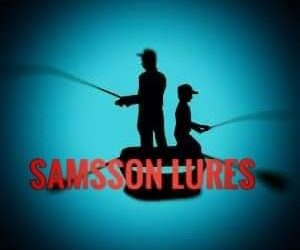
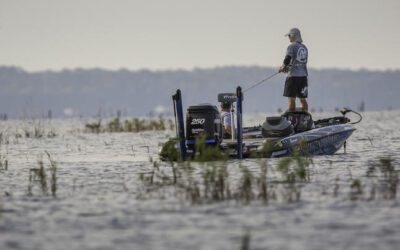
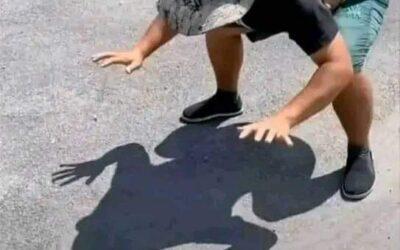

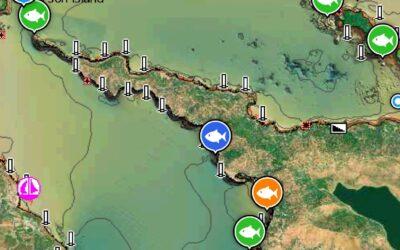
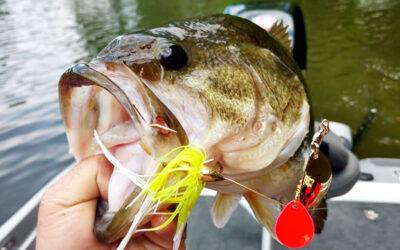
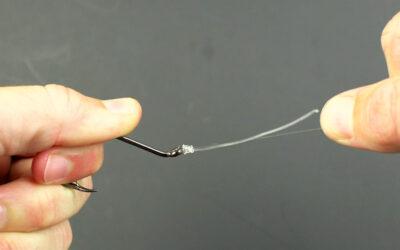
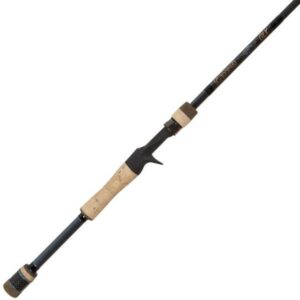
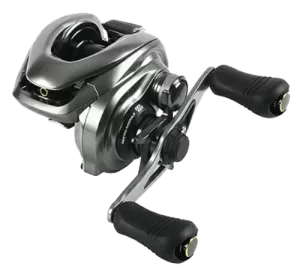
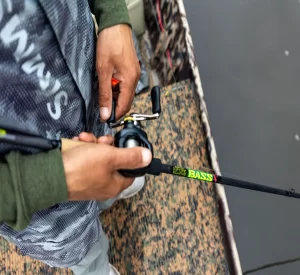
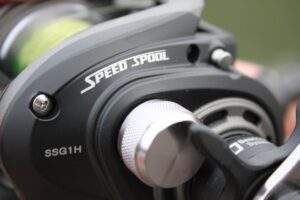
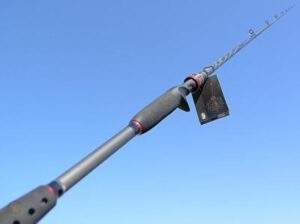
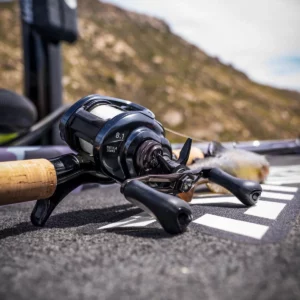
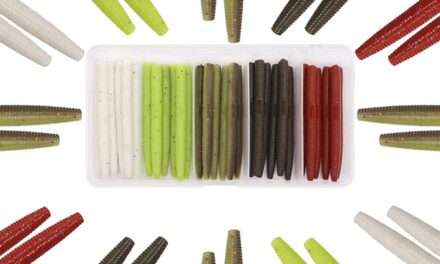
0 Comments